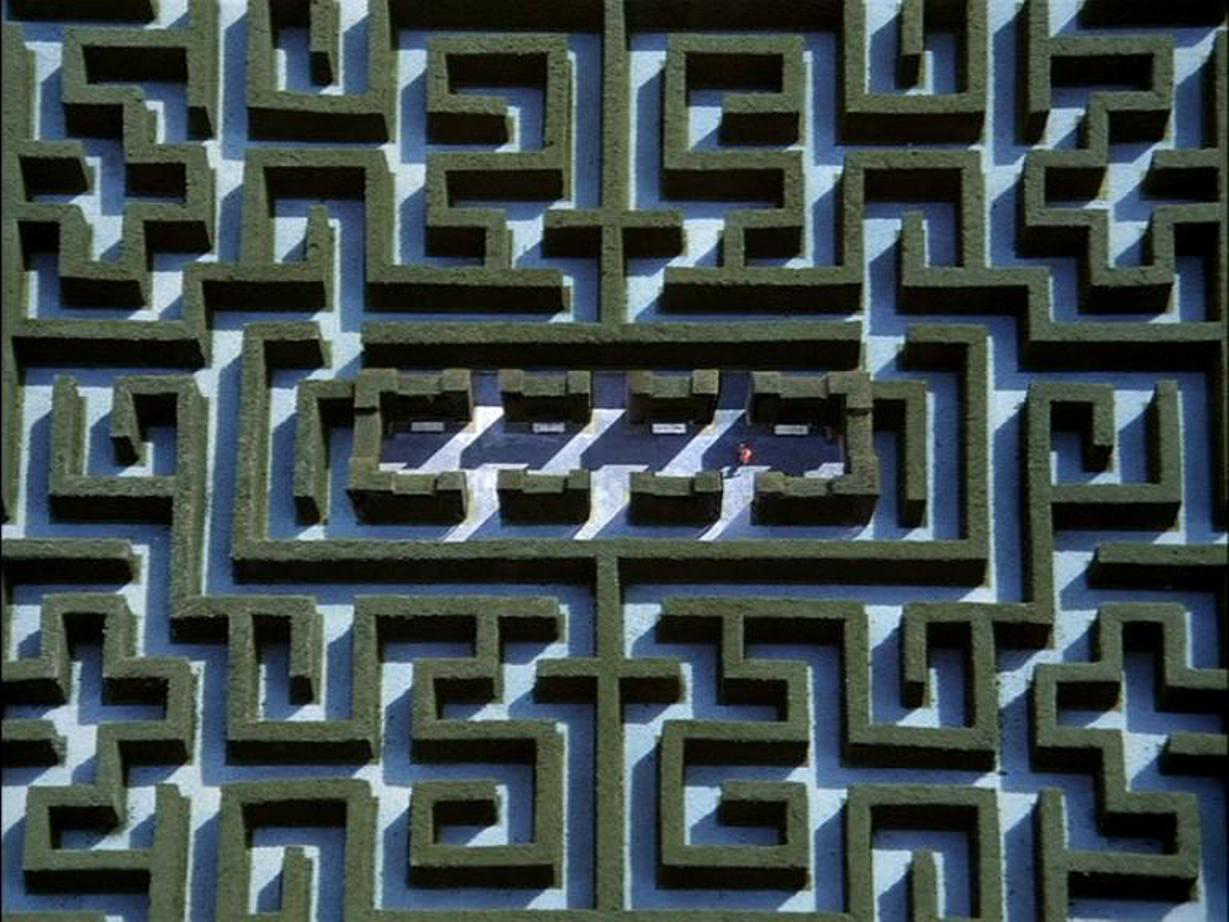The 5" shag-pile of the Jungle Room is unnatural. Furnishing the Jungle Room with a lavish and undeniable opulence, it is a covering - between the architecture of the house and the body of the inhabitant - that is utterly useless, obsolete, absurd, and fatally anaesthetised. The luxuriant shag-pile is sublimely artificial - even more so than the faux-Hawaiian furnishings of the room - and is splendidly formless (rather than form-giving). In actuality, the essential element of of the carpet of the Jungle Room - rather than defining space - is that it is de-forming rather than forming. Elvis covered not only the floor of the jungle room with shag, but the ceiling as well.
The final moment's of Elvis's recording career took place in the Jungle Room. From its inauspicious beginnings in the bleak hardness of the acoustically tiled walls and stained linoleum floors of Suns Studio's cramped recording room, the recording career of the King - who had sold enough records to stretch around the globe twice - disolved into the formlessness of the den's carpet: a dissolute forlessness apparent in the in the album recorded there. In February, 1976, his final studio album was recorded at Graceland, as a result of his refusal to leave the house. 'The musician's equipment had to be lowered in through the windows of the Jungle Room den. But after everyone had assembled, Elvis refused to come downstairs. He said he was sick.'
-Excerpts from Campbell, Mark, Green Carpet Ceilings: The Textile Art of Elvis Presley, The Pander, March 1999, p8-15.



No comments:
Post a Comment